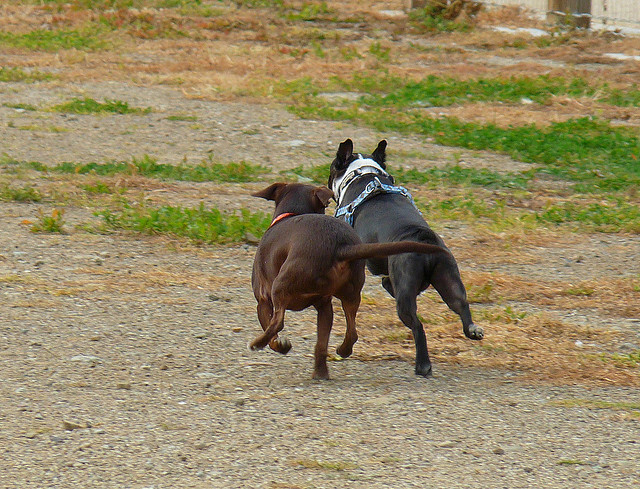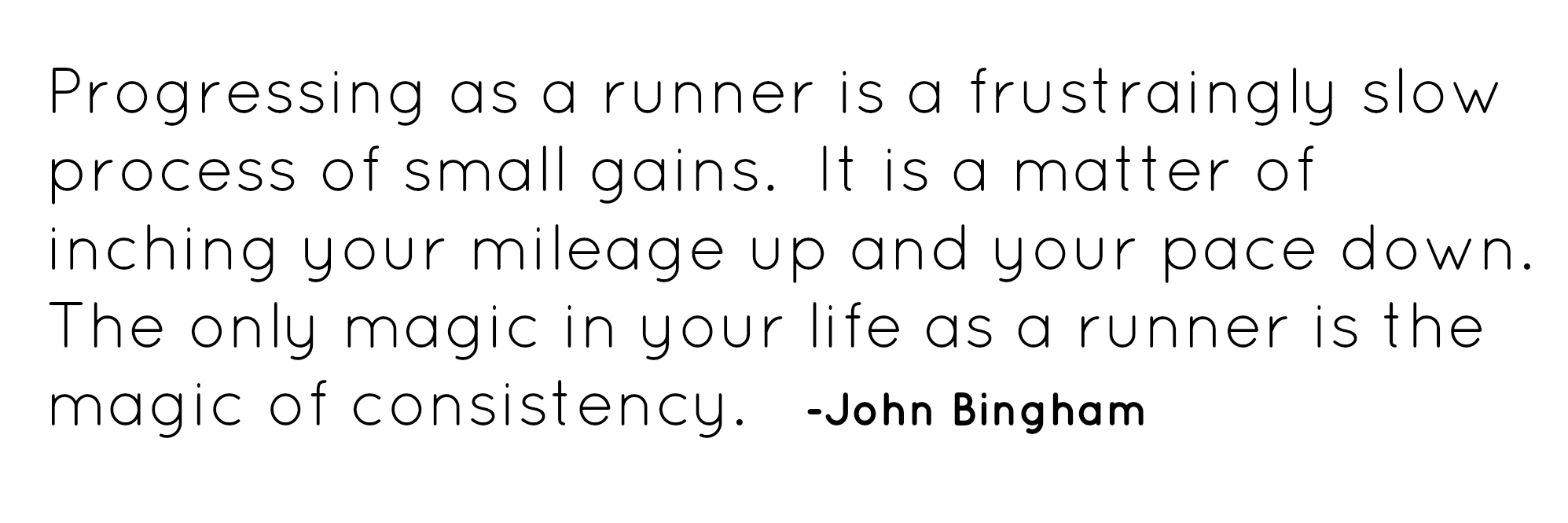Friends with a super speedster? Or maybe you’re the former track star, who has trouble finding someone to run with because your running buddies can’t keep up. Don’t give up on your running buddies just yet!

“Running Buddies” by Craig Howell / CC BY 2.0
Here are 7 ways runners of different paces can keep each other going:
1. Get each other out the door
Meet up with your differently paced friend and warm up together. Take off in different directions, and then meet up for a cool down and a cup of coffee. Knowing your friend will be meeting you at your cool down location will keep you close to your target pace so you don’t let them down. Both of you will have an extra reason not to skip your morning run!
2. Help pace each other
Slow your fast friend down while they help you keep pace for a hard workout. If they time a recovery run with your hard workout for the week, you may be more compatible than you think. Many fast runners struggle with settling into a slower pace, but it can help them recover and prevent injury to take it easy on occasion.
3. Play running games
Head to the track and see how much of a head start the faster runner needs for you both to finish a lap at about the same time. Compete. Do a track relay where you tag off on hard laps, giving yourselves built in recovery time (if it’s too long, jog for half of it and then get ready to tag off). Work on getting your combined 800 meter time down. Find fun ways to compete against each other, or work with each other. It will make it extra fun to run your hearts out!
4. Meet up for strength training
Strength training can decrease your risk of injury and increase your running performance, but so many of us forget to do it! Meet up with your differently paced running buddy to get your strength training in. Runner’s World explains the importance of strength training and gives you 10 exercise ideas here: http://www.runnersworld.com/workouts/10-essential-strength-exercises-for-runners
5. Be each other’s running coach
Time each other (and shout encouragement!) for track repeats. Call each other after a long run to ask how it went, creating accountability. Keep track of each other’s progress, and help encourage each other to meet goals. Whether you want to run at least 15 days next month or decrease your mile time, it’s amazing to have a friend who is tracking your progress, providing encouragement, and who will be excited when you hit that mark.
6. Be research buddies
Brainstorm some running questions you have together. Your running buddy may have already read a great running book with a full chapter on the topic, or may be similarly interested. Meet up after a run to stretch and share. You’ll be more likely to research and remember information about dynamic stretching if you know you’re going to explain it to a friend.
7. Sign up for the same race
Get excited together, swap training stories, and drive to the race together listening to your pre-race music. Running the same race, even when you don’t run together, is such a motivating and fun experience. Pre-race jitters are easier when you have company, and it can keep you going through those middle miles knowing someone is either waiting for you at the finish line or will be excited for you if you run a great race!
You don’t have to find a pace match to have a great running relationship with someone. So much of supporting a friend on their running journey is done before and after the run. If you can both run, you can find a way to run together, even if it’s just a few casual miles a week. The rest of the time, you can be each other’s moral support, social connection, accountability and motivation. Those are important things!




